Indigenous Peoples Studies
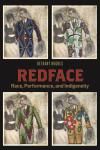
|
Redface: Race, Performance, and Indigeneity | Join us virtually as Bethany Hughes discusses her first book, Redface: Race, Performance, and Indigeneity (2024), in which she unearths the history of the theatrical phenomenon of redface in nineteenth- and twentieth-century America. Like blackface, redface was used to racialize Indigenous peoples and nations, and even more crucially, exclude them from full citizenship in the United States. |
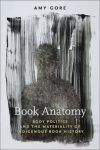
|
Book Anatomy: Body Politics and Materiality in Indigenous Book History | Books bear the imprint of our humanity, from the social and cultural means of their production to the notes written in their margins. And Indigenous books, embodying the marks, traces, and scars of colonial survival, are contested spaces. These publications, authored by Native Americans during the long nineteenth century, included a variety of nontextual components‒‒illustrations, typefaces, explanatory prefaces, appendices, copyright statements, author portraits, and more‒‒shaping how they were read and understood. |
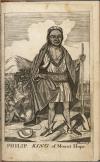
|
Landscapes of Resistance and Resilience after King Philip's War | This lecture will revisit Native American and colonial encounters in the seventeenth-century Northeast and the complex ways that they have reverberated in communities' memories for more than three centuries. Focusing on the pivotal conflict known as King Philip's War (1675–1678), it will trace how the war's violences and resistances have shaped diverse communities' relationships with the past, present, and future. It will offer a major reconsideration of what meanings monuments, objects, stories, and landscapes tell, both here in the Northeast and across a wide Atlantic World. |
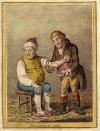
|
Pestilence and Print in Early America | The 24-hour news cycle and the consumption of an endless variety of media seems to have reached its apex in recent months with COVID-19.The perpetual barrage of articles, memes, and debates taking place in both traditional and social media outlets—as well as consumers’ seeming inability to turn away from it—has led to the coining of a new term: “doomscrolling.” But before instant communication and digital technology made doomscrolling possible, how did people get information about epidemics and pandemics? Who was providing that information, for what purposes, and in what print mediums? |
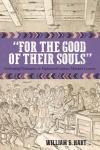
|
Native Performances of Christianity | In this program, William Hart will discuss with David Silverman the significance and meaning of eighteenth-century Mohawks who performed Christianity and why. Hart’s findings, published in his 2020 book, “For the Good of Their Souls”: Performing Christianity in Eighteenth-Century Mohawk Country, indicate that the old soubriquet of “faithful Mohawks” is no longer useful. |
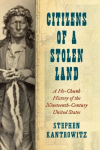
|
Citizens of A Stolen Land: A Ho-Chunk History of the Nineteenth-Century United States | Historian Stephen Kantrowitz reconsiders the Civil War era by focusing on one Native American tribe's encounter with citizenship. In 1837, eleven years before Wisconsin's admission as a state, representatives of the Ho-Chunk people yielded under immense duress and signed a treaty that ceded their remaining ancestral lands to the U.S. government. Over the four decades that followed, "free soil" settlement repeatedly demanded the further expulsion of the Ho-Chunk people. Many lived under the U.S. government's policies of "civilization," allotment, and citizenship. |
| Assembled for Use: Indigenous Compilation and the Archives of Early Native American Literature | ||
| To Live upon Hope: Mohicans and Missionaries in the Eighteenth-Century Northeast | ||
| Reading Territory: Indigenous and Black Freedom, Removal, and the Nineteenth-Century State | ||
| Great Crossings: Indians, Settlers, and Slaves in the Age of Jackson |